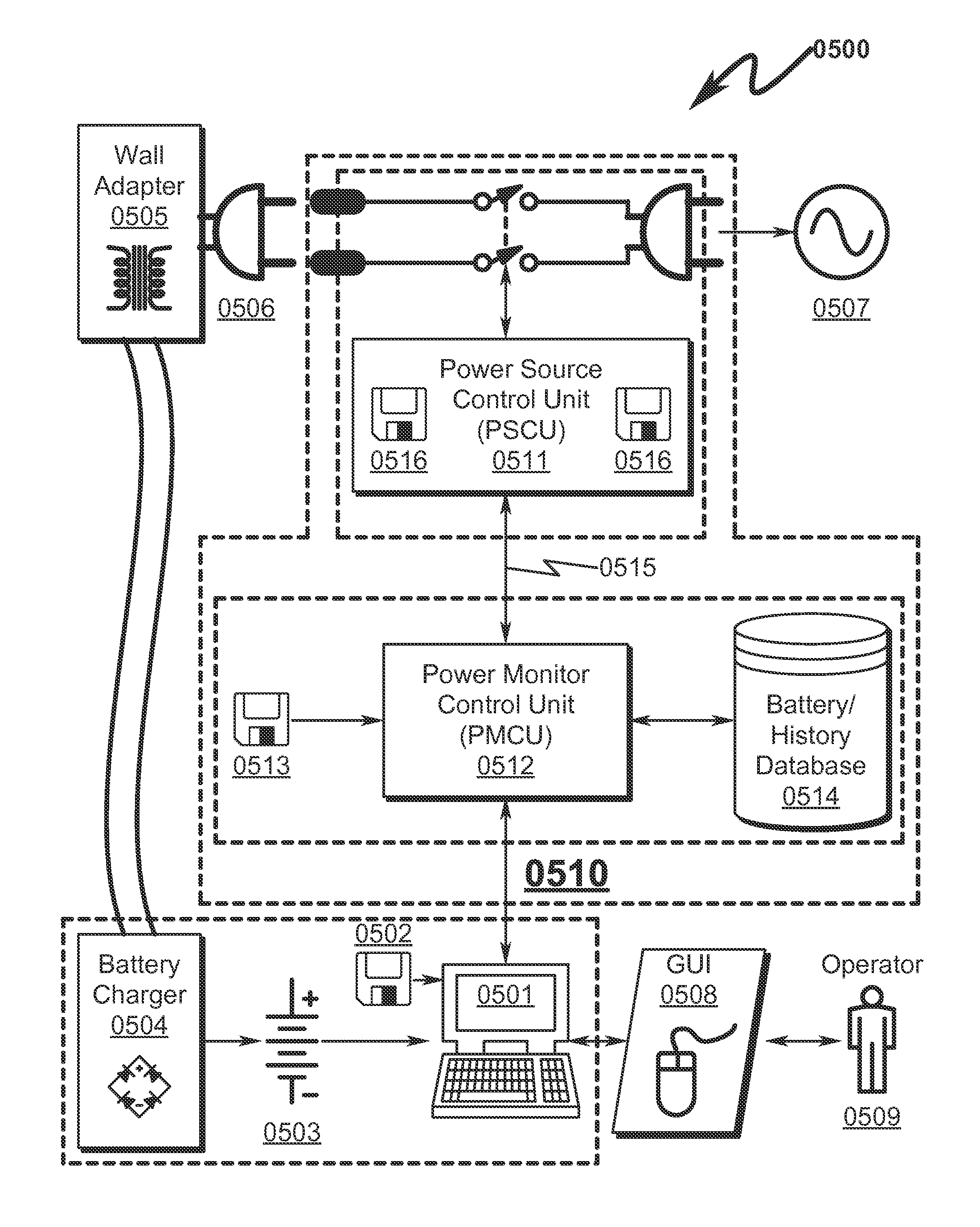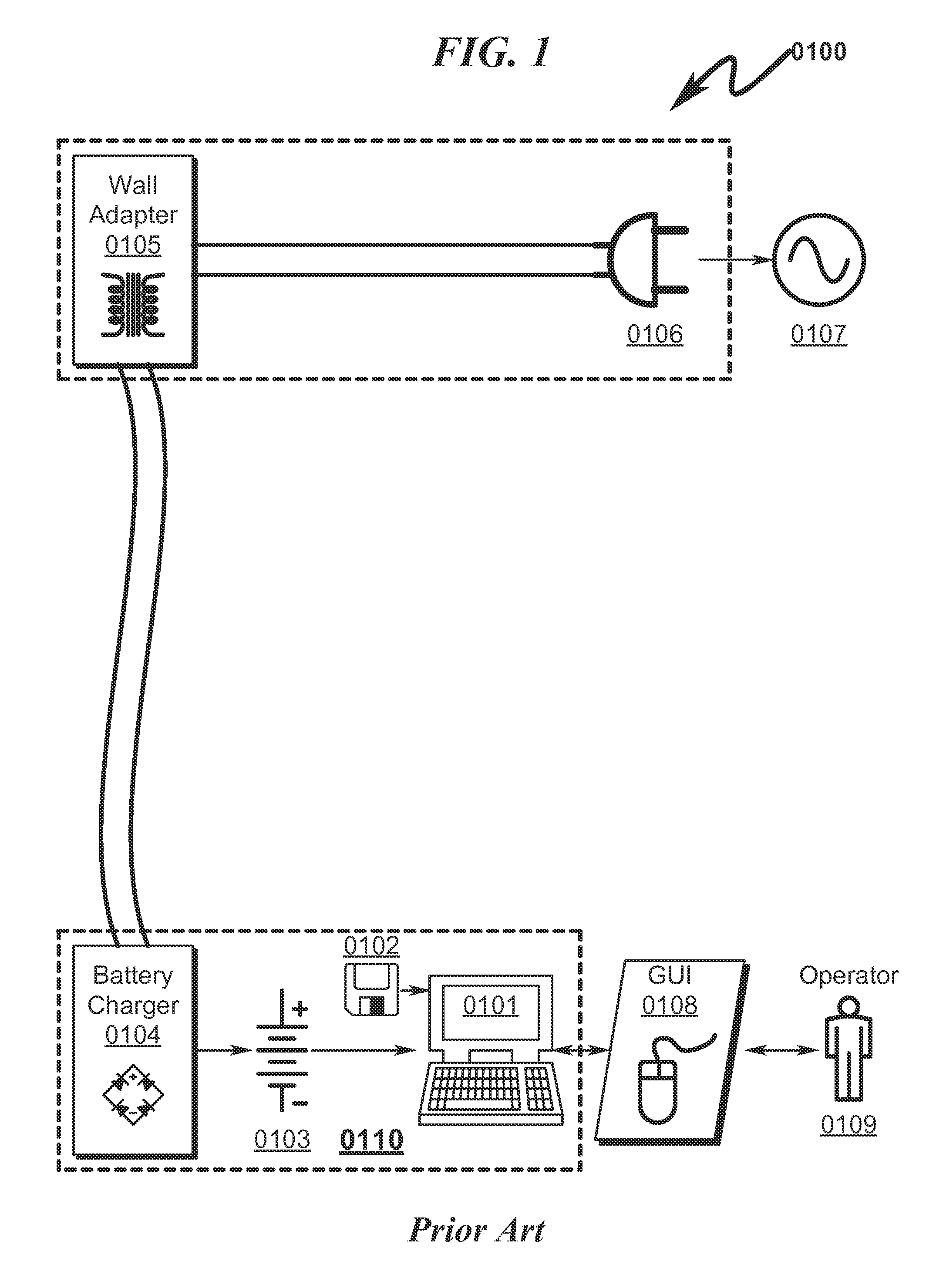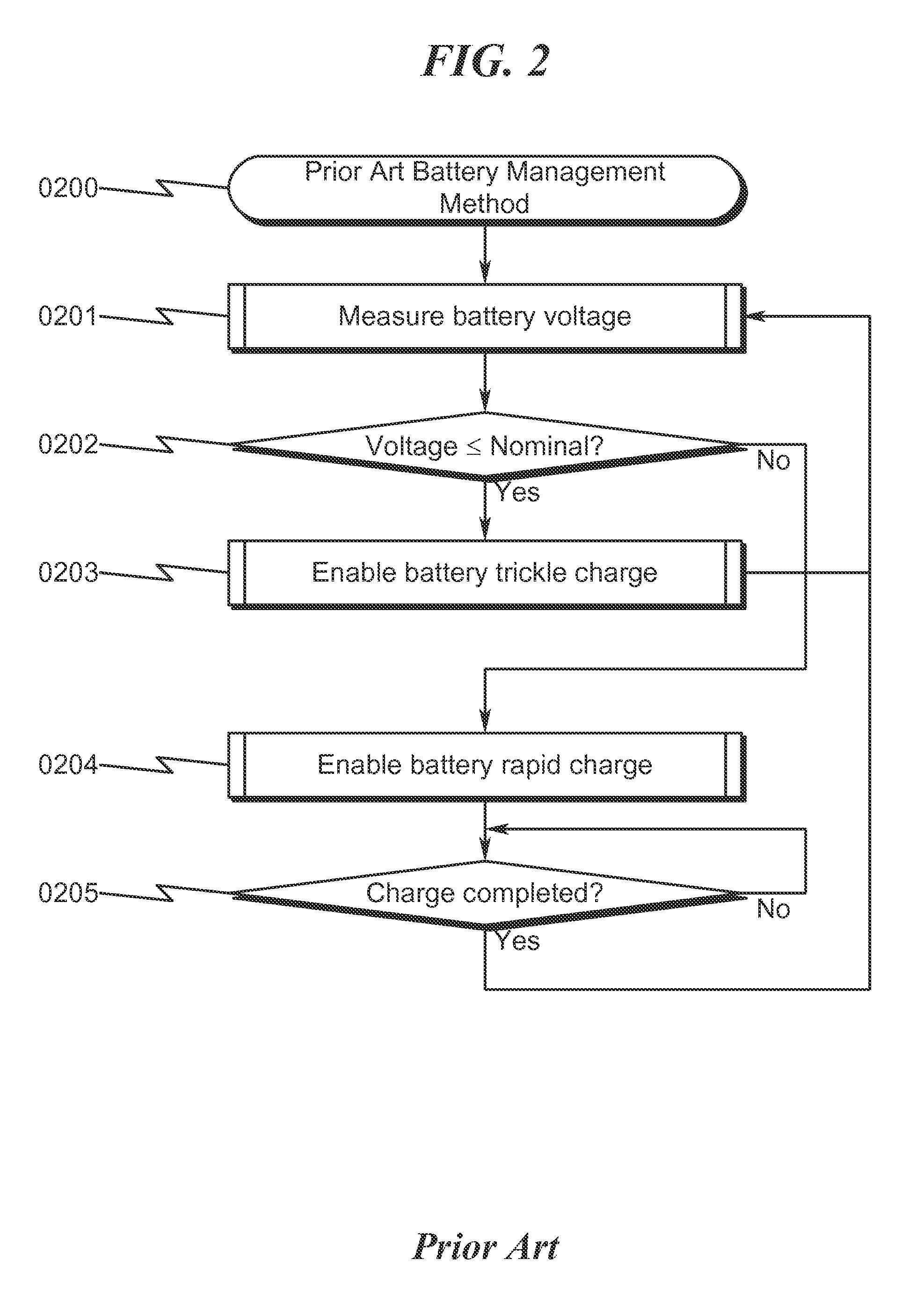The active lifespan of rechargeable batteries has a direct
impact on the cost to consumers of these products, the energy consumed to recharge these devices, and significantly impacts the environment as these batteries end their life cycle and are discarded.
However, a battery can only last half of that time if improperly used.
It is known that all rechargeable batteries suffer from the following problems:Full charges or under charges of batteries shorten the
life span (or cycle life) of the batteries.
This effect is more serious for multi-
cell batteries, which are widely used today.Batteries need to be charged and discharged (used) frequently—they are designed to be used.High temperature reduces the
life span of the batteries.A battery calibration is needed every 2-3 months to keep the battery level
monitoring system accurate.For some battery types, a recondition cycle is required every 2-3 months to remove the so called “
memory effect” (batteries “remember” how much discharge was required on previous discharges and would only accept that amount of charge in subsequent charges).
As a result of these shortcomings, a rechargeable battery can become unusable well before the designed
life span (typically half the designed life span of 5 years) due to improper charging and discharging.
Additionally, when a battery ages fast due to charging and discharging improperly, significant energy is wasted.
This implies more energy is turning into heat either when the battery is used (discharged) or when it is charged.When battery ages, self-discharge increases (to 10-20%), meaning energy is “dissipated” for no useful purposes.When fully charged, the battery
chemical reaction increases and
internal resistance increases even more, turning energy into wasted heat.As the battery ages, the internal capacity decreases (no longer holds enough energy), and the energy used to charge the battery is turned into reduced
stored energy, another form of wasted energy.When the energy becomes heat, which increases the chemical reactions inside the battery, the situations mentioned above become even worse.
If the charging does not produce expected
battery capacity due to aging, then the charging energy is wasted.
Assuming that half of the charging energy is wasted, it is not producing the expected
energy charge for the battery.
Considering the number of hours people use battery-driven devices and the number of such devices, the overall energy waste associated with battery charging factored in a global scale is quite large.
However, all of these techniques require a disciplined, consistent practice over a long time.
This is a tedious if not impossible job for most users of computing devices.
This practice may help reduce consumed energy, but does not increase the lifespan of the battery.
Most devices have a
fixed charge and recharge level, and are not designed for prolonging the battery life, and do not adapt to the user use profile.
Some laptops, for example, allow users to specify the charge limits, but they do not address the need of using the battery often.
In addition, devices have no way to automatically schedule and carry out the calibrations and the recondition cycles that are needed by all battery types and their associated chargers.
This method lacks integration of historical battery information in the battery
charge cycle.
The prior art as detailed above suffers from the following deficiencies:Prior art battery charging systems / methods have as their goal the “full charging” of the battery in
portable computer equipment, even though this goal results in reduced overall battery life.Prior art battery charging systems / methods generally do not compensate for environmental battery conditions.Prior art battery charging systems / methods generally do not regulate battery charge / discharge cycles independently.Prior art battery charging systems / methods generally do not automatically compensate for use characteristics of the
portable computer equipment.Prior art battery charging systems / methods cannot be updated to accommodate a variety of battery types and chemistries.Prior art battery charging systems / methods do not perform battery calibration tests to dynamically determine the best charge / discharge profiles for the current state of the battery.Prior art battery charging systems / methods do not permit automatic battery lifecycle optimization to be retrofit into existing battery powered computing devices.
While some of the prior art may teach some solutions to several of these problems, the core issue of optimizing battery lifespan within a wide variety of portable battery powered
computer equipment has not been addressed by the prior art.
 Login to View More
Login to View More  Login to View More
Login to View More 


